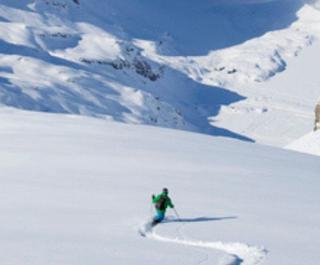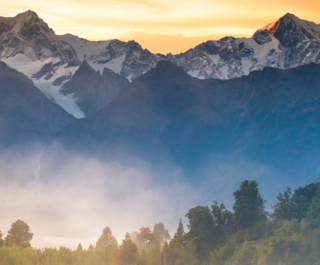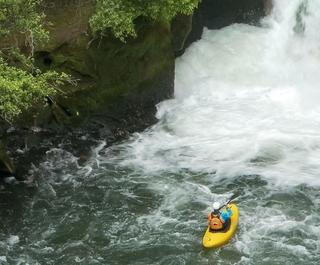
The term 'slow' doesn't really do much to stimulate a sense of wanderlust, especially when your internal thesaurus is generating synonyms like sluggish, lacklustre and idle.
Thoughtful. Measured. Restorative. These are the words you should be associating with slow travel.
Needing a post-holiday holiday is becoming a common refrain, first world problem though it may be. Between jetlag, stressful shuttle busses and pounding the pavement until your feet throb, travelling can really take it out of you.
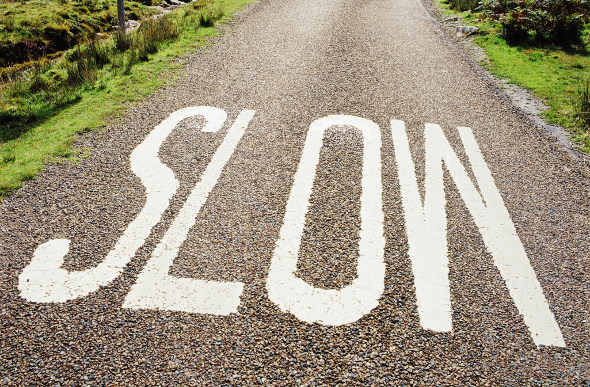 Slowly does it
Slowly does it
Enter the slow travel movement, where the choices are more conscious, the pace more peaceful and the experience more experiential. Slow travel is the solution to holiday burnout. It's about getting lost – in a good way.
The Basics
Have you ever tasted slow-cooked ANYTHING? Brisket that crumbles at the gentle nudge of a fork, curries so rich and deep in flavour it's like Holi Festival for your mouth...
Whether it's adding an extra 30-minutes to your massage or sleeping-in on Saturdays, there's plenty of evidence to prove slower is better.
The slow travel movement is part of a wider cultural shift towards living a life more leisurely. Slow cities, slow food, slow design, slow travel – it all basically comes down to taking the time to stop and smell the roses.
The 'movement' started nearly 30 years ago after a McDonald's opened near the Spanish Steps in Rome, causing uproar with the heritage-loving locals. The McDonald's still stands, but so too does the 'slow' movement.
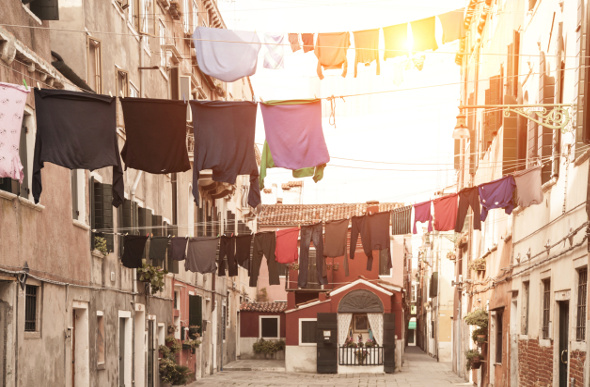 The 'slow' movement finds its roots in Italy
The 'slow' movement finds its roots in Italy
Slow travel means savouring the journey – not just the destination – staying longer, foregoing set itineraries, throwing guidebooks to the wind, and heading in whichever direction the locals point.
Under the slow travel philosophy, you will get to know a small region intimately rather than scratching the surface of several destinations in the same amount of time.
In an age where crumpled paper maps are no match for the mastery of Google and the romance of the rail has been lost to the speed of the Shinkansen, we don't often find time to pause and take it all in.
Enter slow travel, where the 'all-in-one' notion is frowned upon and deeper discovery is often earned by merit of your own two feet, a locomotive, or even on the high seas. When it comes to slow travel, less is more.
“The art of living is about learning how to give time to each and every thing”
– Carlo Petrini, founder of the Slow Food Movement.
Bright Lights, Slow Cities
Living life in the slow lane doesn't mean hightailing it to Amish country or kicking your Smartphone to the kerb. Those things are expensive.
Your foray into the world of slow travel could be as simple as taking a weekend digital detox, or as extravagant as renting a French cottage and trundling down to the farmers' markets every morning for a month to practice your se il vous plaits and merics.
Slow cities are legitimate places that must do more than simply talk the talk in order to earn their official relaxed status.
This includes committing to sustainable food production, efforts to protect the environment and maintaining a population of fewer than 50,000.
Just three Australian towns clock in well under the speed limit: Goolwa in South Australia, Katoomba in New South Wales and Yea in Victoria.
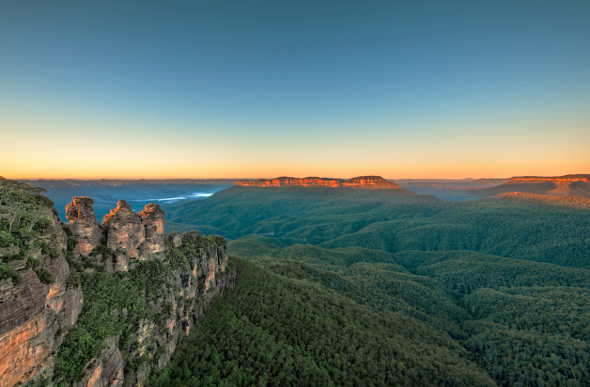 Katoomba in the Blue Mountains - one of just three Slow Cities in Australia
Katoomba in the Blue Mountains - one of just three Slow Cities in Australia
Not surprisingly, Italy – where the slow movement began – has a whopping 74 slow cities, while Poland, Germany and South Korea each have an impressive haul of decelerated hubs.
Will you gain a greater appreciation of Italy by snapping a photo leaning against the tower in Pisa and paying above the odds for a gondola ride in Venice, or by wandering down cobbled streets and getting your knuckles dusty grinding into a lump of pizza dough?
Slow travel can be about an experience too, not just a specific destination: a pilgrimage along the Camino de Santiago, or a steady cruise along the remnants of Route 66, for example.
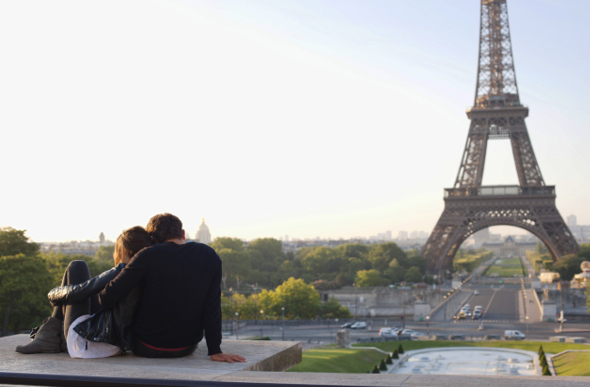 What's the rush? Become a slow traveller and live for the moment
What's the rush? Become a slow traveller and live for the moment
It's not easy to become a bona fide slow traveller; it requires a great deal of courage to break off from the crowd, tackle language barriers head-on and give your everything to the experience.
Slow travel has the power to reinvigorate even the weariest of wayfarers. While you can never buy back time, you can slow it down the next time you choose to go AWOL. We might live fast, but that doesn't mean we can't travel slow.


